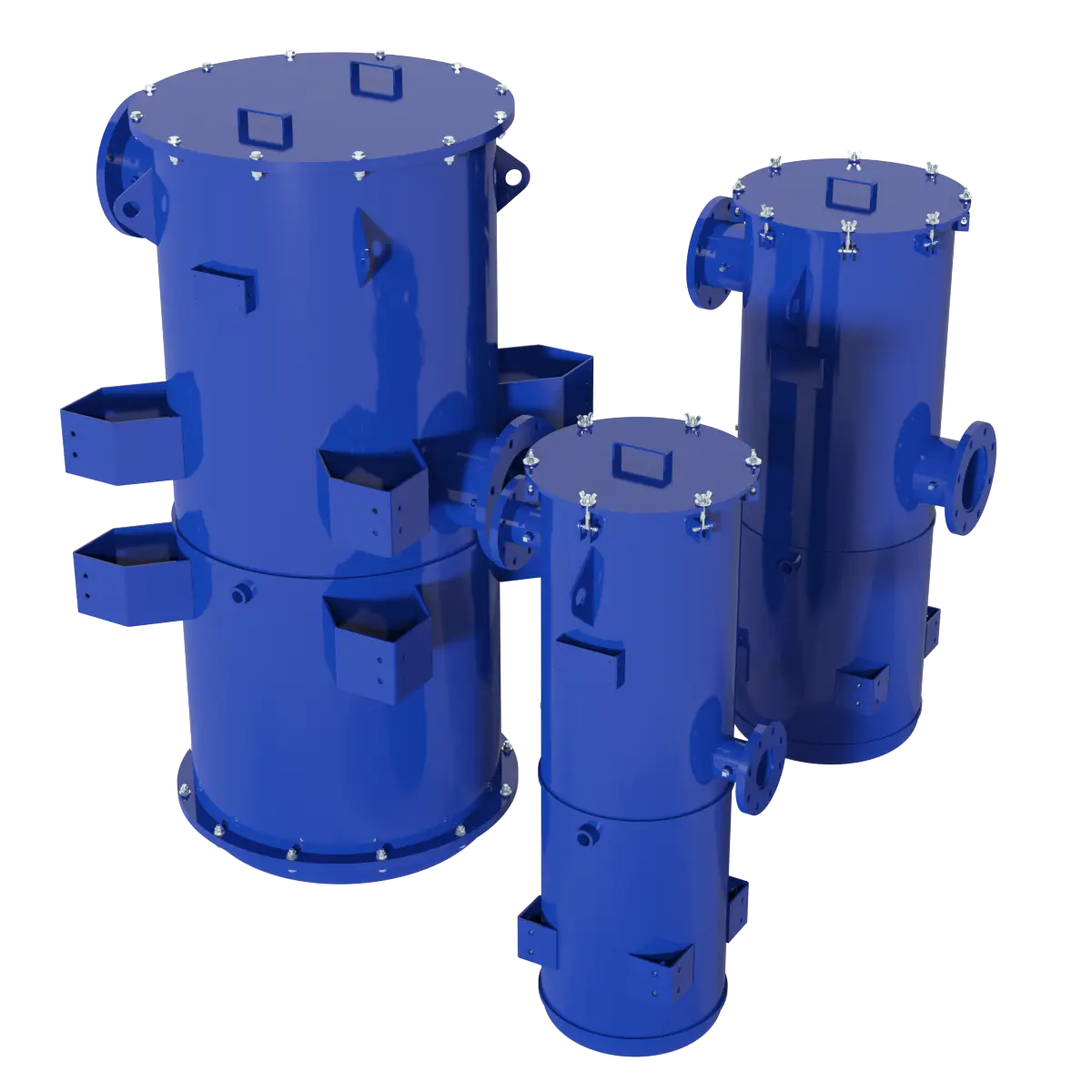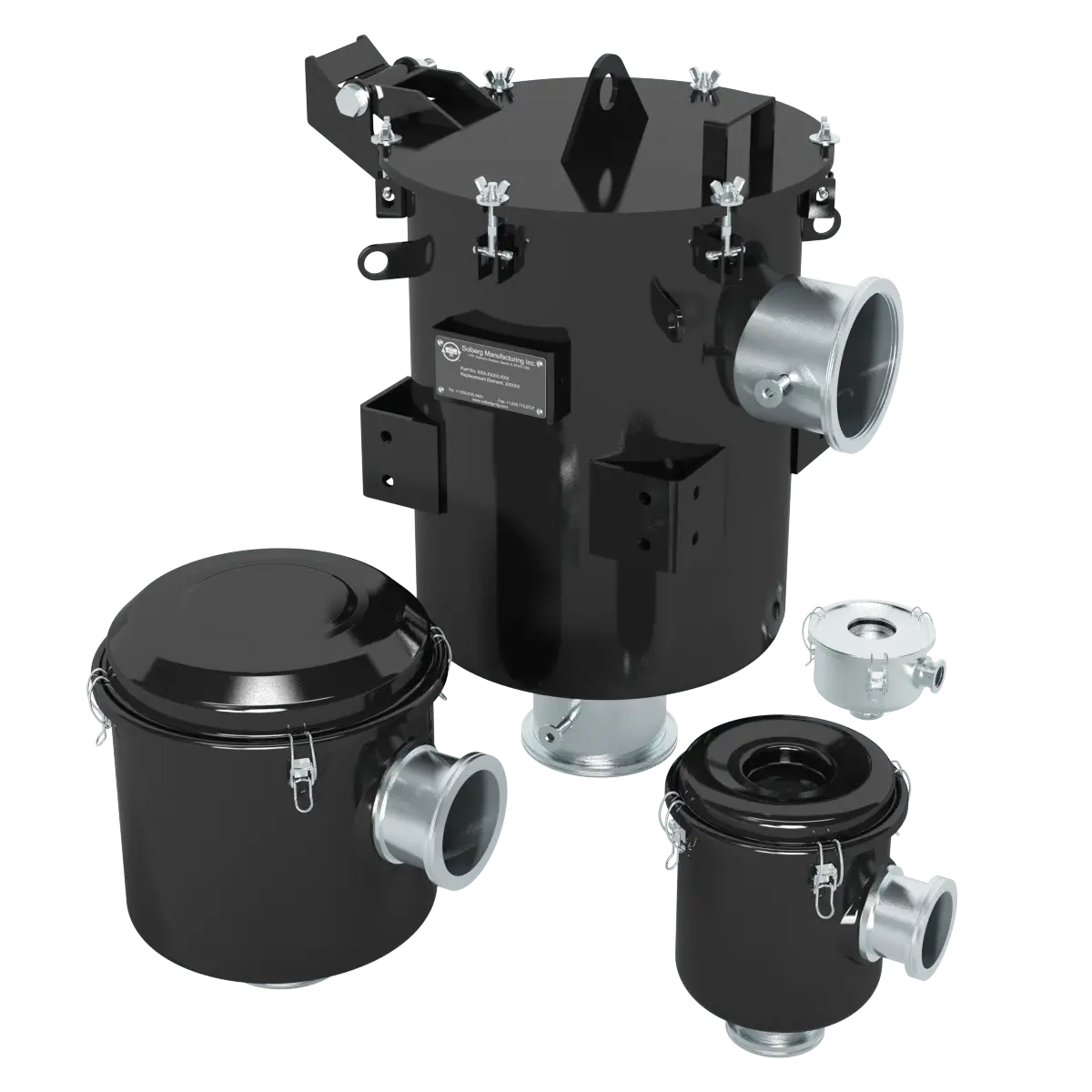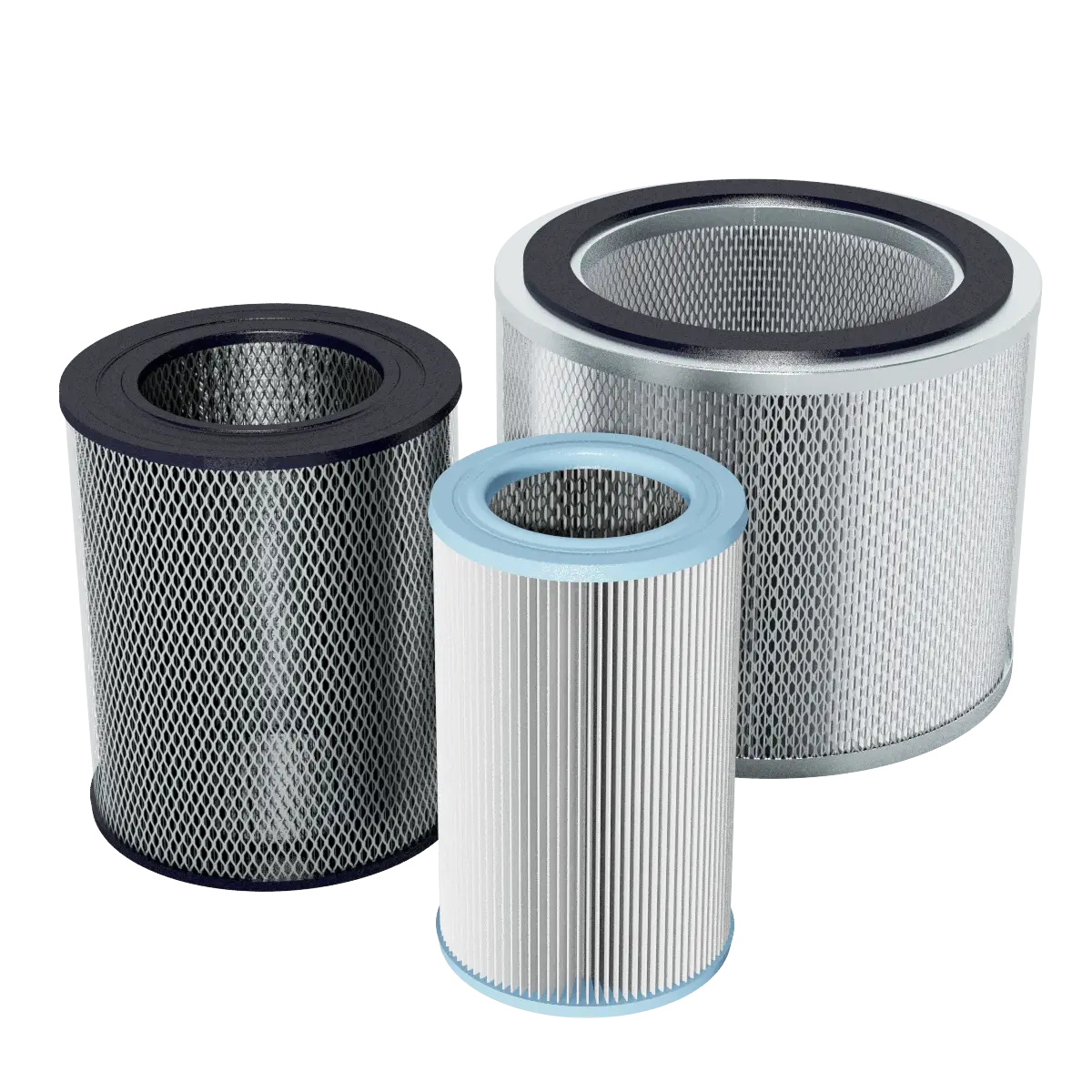Semiconductor Manufacturing
Vacuum Technology for Semiconductor & Solar Panel Manufacturing
The semiconductor industry supports most industrial markets, including consumer electronics, vehicles, automation, energy, and telecommunications. Recent supply chain shocks and shortages during the COVID-19 pandemic reinforced the need for increased global manufacturing capacity. At Solberg, we focus on industries critical to economies and societies.
Optimize Semiconductor Manufacturing Processes with Vacuum Filtration
Vacuum pumps are deployed in many of the core manufacturing processes for semiconductors and tangential industries such as solar cells. Silicon crystal/ingot growing, wafer fab, chemical vapor deposition (CVD), atomic layer deposition (ALD), and EVA lamination are a few core processes that require consistent vacuum. As a trusted leader in the vacuum filtration market, Solberg designs solutions to protect the pumps and the surrounding environment. Depending on the process, there is potential for vacuum pump contamination in solid and vapor form. A purpose-built filtration solution will protect the pump and enable peak vacuum performance, extended service intervals, and continuous 24/7 output.
![]()
Contact us or read our blog for more information on the semiconductor industry and our vacuum filtration solutions.
-

JRS Series: Multistage Vapor Condensers
Solberg’s JRS Multistage Vapor Condenser vacuum filter is a vacuum jacketed vessel...
-

WL Series: Medium to High Vacuum
Solberg’s WL Series medium to high vacuum filters are designed for industrial...
-

Specialty Filter Media
Applications that have different operating conditions will frequently require different filter media...
Need some guidance choosing the ideal solution?
Reach out to a Solberg representative for assistance or get a quote here.
Need answers now? Chat with a live expert today



